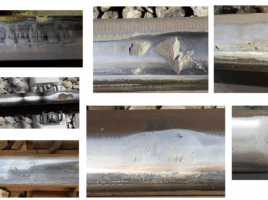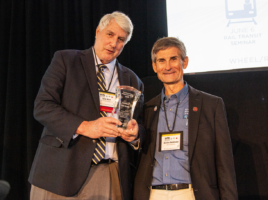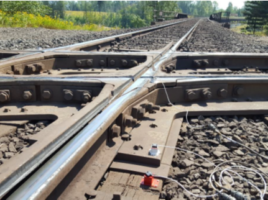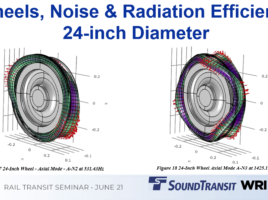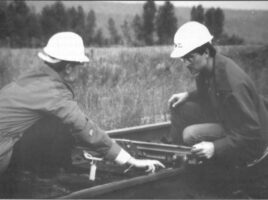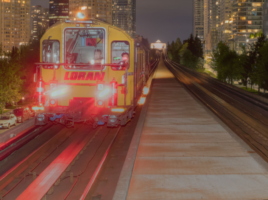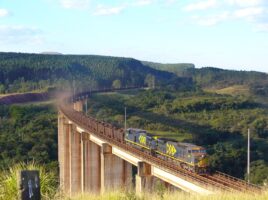
MRS Logística: A History of Innovation and Optimization
by Jeff Tuzik Some challenges in the railroad industry are local, some are universal. Brazil’s MRS Logística has met its share of both. Their efforts to maintain, modernize, and optimize their network over the past 30 years highlight the importance of approaching all challenges from a system-wide perspective, and of …

